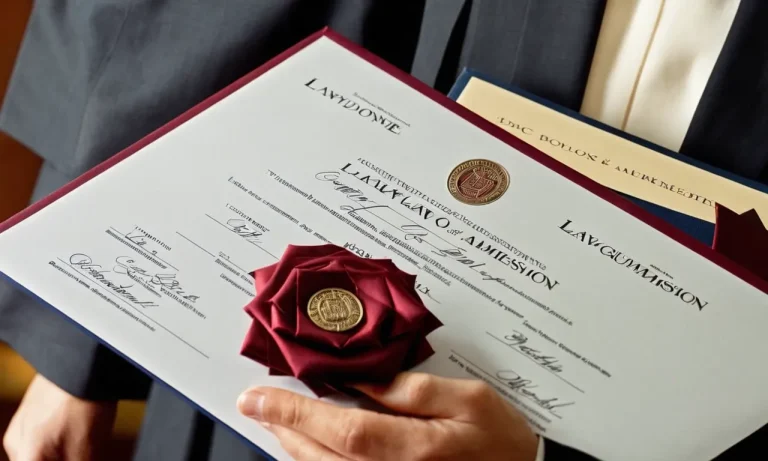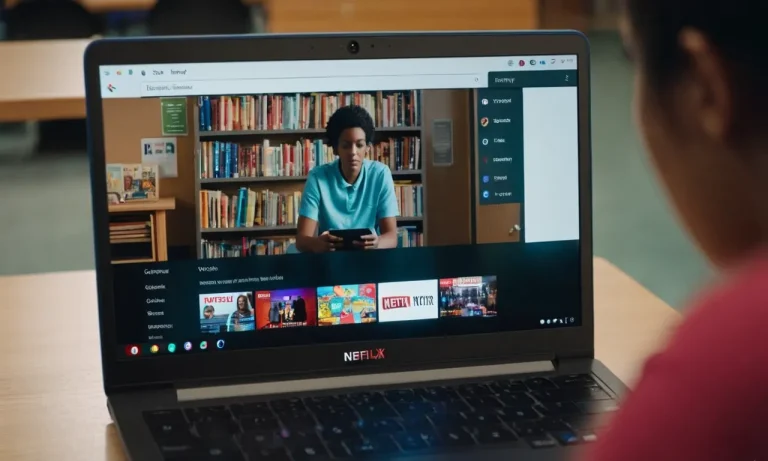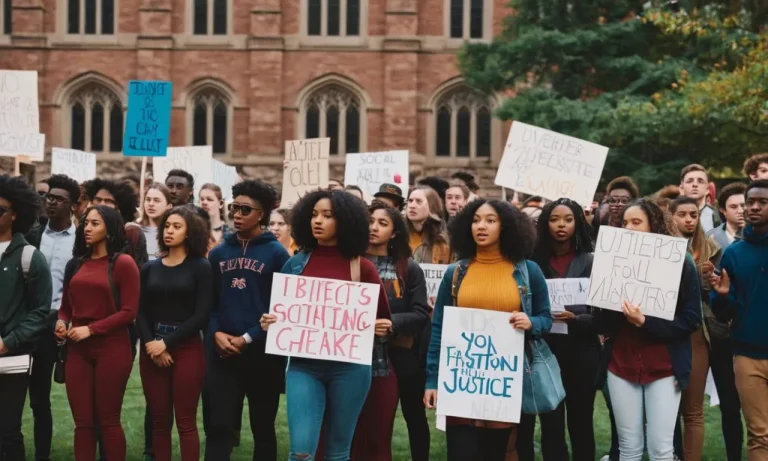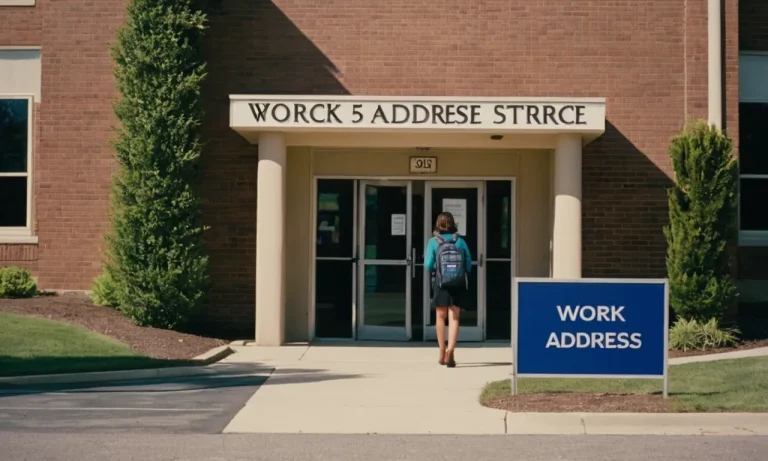Education is a fundamental right, and public schools play a crucial role in providing accessible education to children across the nation. However, the question of whether public schools are considered government organizations often arises, and the answer is not as straightforward as it may seem.
If you’re short on time, here’s a quick answer to your question: Yes, public schools are generally considered government organizations, as they are funded and operated by state and local governments.
In this comprehensive article, we will delve into the intricacies of public school governance, explore the relationship between public schools and government entities, and examine the implications of this classification.
We will also discuss the various levels of government involvement, funding sources, and the role of school boards and administrators in managing public schools.
Understanding Public School Governance
Public schools in the United States are considered government organizations, as they are funded, regulated, and overseen by various levels of government. However, the governance structure of public schools can be complex and varies across states and school districts.
Public School Funding and Oversight
Public schools receive funding from a combination of federal, state, and local sources. According to the National Center for Education Statistics, in the 2018-2019 school year, approximately 47% of public school funding came from state sources, 45% from local sources (primarily property taxes), and 8% from federal sources.
Federal funding is typically earmarked for specific programs, such as Title I funding for schools serving low-income students or the Individuals with Disabilities Education Act (IDEA) for students with disabilities.
In exchange for funding, public schools must adhere to various regulations and accountability measures set by federal, state, and local authorities. For example, schools must comply with state academic standards, testing requirements, and teacher certification rules.
The federal government also imposes certain conditions, such as the requirement to provide a free and appropriate public education (FAPE) to students with disabilities under IDEA.
The Role of State and Local Governments
State governments play a significant role in governing public schools. Each state has a department or board of education that oversees curriculum standards, teacher certification, and other educational policies. States also determine the structure and authority of local school districts and boards.
Local school districts, governed by elected or appointed school boards, are responsible for the day-to-day operations of public schools within their jurisdiction. School boards hire superintendents, approve budgets, set policies, and make decisions regarding curriculum, staffing, and facilities.
They serve as a bridge between the community and the school system, representing the interests of local stakeholders.
School Boards and Administrative Structures
School boards typically consist of elected or appointed members from the local community. Their primary responsibilities include:
- Hiring and evaluating the superintendent
- Setting the district’s budget and allocating resources
- Establishing policies and guidelines for the district
- Representing the community’s interests and values
- Overseeing the district’s academic performance
Under the school board’s leadership, the administrative structure of a public school district typically includes the superintendent, assistant superintendents, principals, and other administrative staff.
The superintendent serves as the chief executive officer of the district, responsible for implementing board policies and managing daily operations. Principals oversee individual schools within the district, managing staff, budgets, and educational programs.
While public schools are indeed government organizations, their governance structure involves multiple layers of oversight and decision-making, with a balance of authority between federal, state, and local entities.
This collaborative approach aims to ensure accountability, responsiveness to local needs, and a quality education for all students.
The Relationship Between Public Schools and Government
Legal and Regulatory Framework
Public schools in the United States are governed by a complex legal and regulatory framework that involves various levels of government. At the federal level, the U.S. Department of Education plays a crucial role in setting policies, providing funding, and ensuring compliance with federal laws like the Elementary and Secondary Education Act.
However, the primary responsibility for education lies with state and local governments.
Each state has its own constitution, laws, and regulations that govern public education within its borders. State legislatures and state boards of education establish the legal framework, including curriculum standards, teacher certification requirements, and funding mechanisms.
According to the National Center for Education Statistics, in the 2018-2019 school year, there were approximately 13,500 public school districts in the United States, with over 98,000 public schools serving nearly 50 million students.
Accountability and Performance Standards
Public schools are held accountable for their performance through various measures and standards set by state and federal governments. The Every Student Succeeds Act (ESSA), the reauthorization of the Elementary and Secondary Education Act, requires states to develop accountability systems that measure student achievement, graduation rates, and other indicators.
States must also identify and provide support for underperforming schools.
Many states have implemented standardized testing programs to assess student proficiency in core subjects like reading, math, and science. These tests are often used to evaluate school and district performance, and the results can impact funding, staffing, and even school closures.
According to a report by the Education Commission of the States, as of 2021, 37 states require students to pass a standardized test or meet other requirements to receive a high school diploma. 😮
Curriculum and Educational Policies
While the federal government provides guidelines and funding for certain educational programs, states and local school districts have significant autonomy in determining curriculum and instructional policies.
State boards of education typically establish academic standards and graduation requirements, while local school boards and administrators make decisions about textbook adoption, course offerings, and teaching methodologies.
However, there are certain areas where the federal government plays a more direct role in shaping educational policies. For example, the Office for Civil Rights within the U.S. Department of Education enforces federal laws prohibiting discrimination in education based on race, color, national origin, sex, disability, and age.
Additionally, the Individuals with Disabilities Education Act (IDEA) mandates that public schools provide a free and appropriate education to students with disabilities.
It’s important to note that the relationship between public schools and government is dynamic and evolving, influenced by political, social, and economic factors. Ongoing debates and reforms continue to shape the role of government in public education, aiming to strike a balance between local control, accountability, and equitable access to quality education for all students.
🎓
Implications of Public Schools as Government Organizations
Public schools in the United States are considered government organizations, as they are funded and operated by state and local governments. This classification carries significant implications for various aspects of their operation and oversight. Let’s explore some of the key implications:
Public Funding and Resource Allocation
As government-run entities, public schools receive a substantial portion of their funding from taxpayer dollars. This funding is allocated through budgets approved by state legislatures and local school boards.
According to the National Center for Education Statistics, in 2019, approximately 92% of public school funding came from state and local sources. This public funding model ensures that all children have access to education, regardless of their socioeconomic background.
However, it also means that public schools are subject to budgetary constraints and must prioritize resource allocation carefully.
Transparency and Public Scrutiny
Public schools, being government organizations, are subject to a high degree of transparency and public scrutiny. They must adhere to open records laws, which require the disclosure of information related to their operations, finances, and performance.
This transparency allows parents, taxpayers, and other stakeholders to hold public schools accountable for their actions and decisions. Additionally, public schools are often subject to various regulations and oversight from state and federal agencies, such as the U.S. Department of Education.
While this can ensure compliance with educational standards, it can also create bureaucratic hurdles and limitations.
Separation of Church and State
As government entities, public schools must uphold the principle of separation of church and state, as outlined in the Establishment Clause of the First Amendment. This means that public schools cannot endorse or promote any particular religion or religious practices.
They must remain neutral and provide a secular education. This principle has been reinforced by various court rulings, such as the Engel v. Vitale case, which ruled against official school prayer. While this ensures religious freedom and diversity in public schools, it can also lead to controversies and debates around topics like teaching evolution or allowing religious symbols on school premises.
Alternative Education Models and Exceptions
While public schools are generally considered government organizations, there are alternative education models and exceptions that offer parents and students different options. These alternatives provide a diverse range of educational approaches, allowing families to choose the best fit for their needs and preferences.
Charter Schools and School Choice
Charter schools are publicly funded schools that operate independently from the traditional public school system. They have more flexibility in their curriculum, teaching methods, and school policies. According to the EdChoice website, as of 2022, there are over 7,800 charter schools across 44 states and the District of Columbia, serving over 3.6 million students.
Charter schools are a popular school choice option, providing an alternative to traditional public schools while still being considered public institutions.
Private and Parochial Schools
Private schools, including parochial (religious-affiliated) schools, are not considered government organizations. They operate independently and are funded through tuition fees and private sources. According to the National Center for Education Statistics, as of 2019, approximately 4.7 million students were enrolled in private schools in the United States, representing around 9% of the total student population.
Private schools offer a diverse range of educational philosophies, curricula, and religious affiliations, catering to different educational preferences and beliefs.
Homeschooling and Online Education
Homeschooling and online education are alternative education models that have gained popularity in recent years. Homeschooling allows parents to take full responsibility for their children’s education, tailoring the curriculum and teaching methods to their child’s needs and learning styles.
Online education, on the other hand, provides virtual learning opportunities through online schools or distance learning programs. According to the Responsible Homeschooling website, as of 2022, it is estimated that there are around 3.7 million homeschooled students in the United States, representing approximately 6-7% of the total student population.
Online education and homeschooling offer flexibility and personalized learning experiences, catering to diverse educational needs and preferences.
While public schools are indeed considered government organizations, these alternative education models and exceptions provide families with a range of options to choose the educational path that best suits their values, beliefs, and learning preferences.
It’s important to note that regulations and policies surrounding these alternatives may vary across different states and localities, so it’s essential for parents to familiarize themselves with the specific guidelines in their area.
Conclusion
Public schools play a vital role in shaping the future of our society by providing quality education to millions of students across the nation. While the classification of public schools as government organizations may seem straightforward, it carries significant implications for funding, governance, and accountability.
Throughout this article, we have explored the intricate relationship between public schools and government entities, delving into the legal and regulatory frameworks that govern their operations. We have also discussed the implications of this classification, including public funding, transparency, and the separation of church and state.
Ultimately, recognizing public schools as government organizations is crucial for ensuring equitable access to education, maintaining accountability, and upholding the principles of a democratic society.
As we continue to navigate the complexities of education policy and reform, it is essential to strike a balance between government oversight and local autonomy, fostering an environment that prioritizes the best interests of students and their educational journey.






